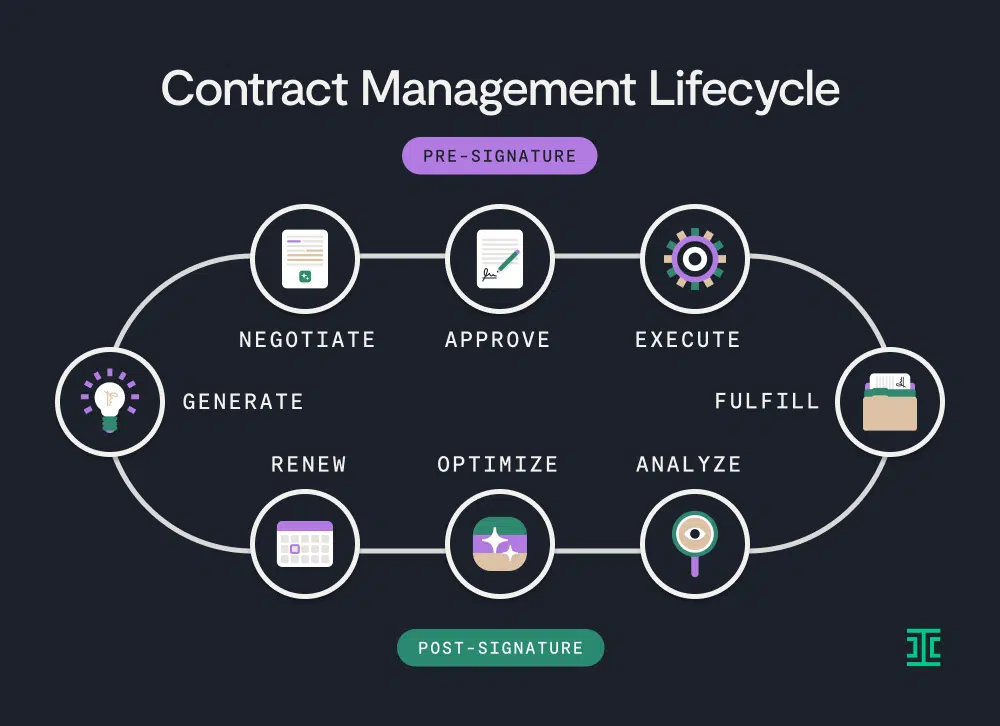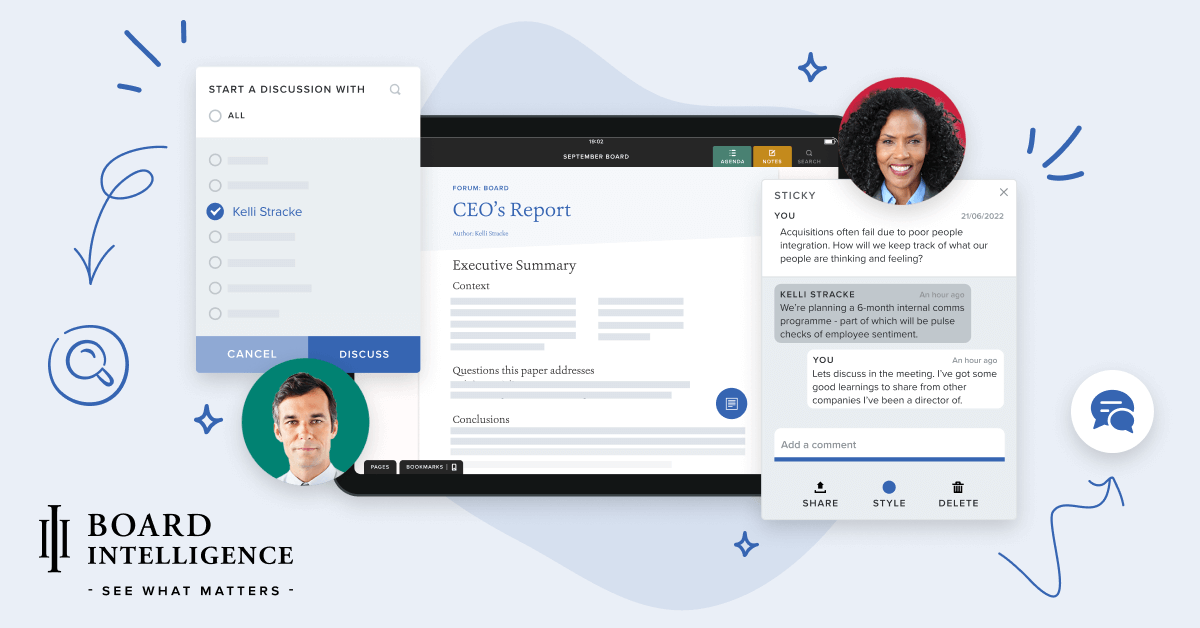Contracts are the lifeblood of any type of business, from services provided managing clients, legally binding documents are what keep parties doing what they agreed to do. Contract Lifecycle Management (CLM) is the methodical way in which organizations handle contracts from start to finish.
CLM process can help organizations work more efficiently with contracts, take advantage of all the benefits contained within them, and reduce any potential risks associated with contractual obligations. Here’s a step-by-step explanation of the six key stages of CLM.
1. Contract Request & Initiation
CLM starts when a contract need comes up. This can happen because of a new business partnership, a procurement requirement, or an agreement for services. At this point, the stakeholders involved with the contract start defining not just the terms but also the key objectives and compliance requirements that the contract will fulfill.
This phase of CLM also involves gathering necessary information to decide whether the contract needs legal involvement or executive sign-off before the actual drafting can begin.
2. Contract Authoring & Drafting
The drafting phase follows contract initiation. Contract managers and legal teams prepare contracts based on standard templates or custom agreements. Essential clauses are inserted at this step.
Payment terms, responsibilities, liabilities, and compliance provisions are among the clauses that must be inserted. Contract management software can help in this phase. It can provide pre-approved templates that are standard, consistent, and up to date.
3. Contract Review & Negotiation
The review process begins after the first draft is created. The involved parties partake in a series of discussions and negotiations, working to come to an agreement on terms, pricing, obligations, and risk allocation. Contract reviews make sure that all necessary stakeholders have signed off on the deal before it is finalized.
4. Contract Approval & Execution
Once all parties consent to the terms of a contract, it enters the approval stage. Relevant stakeholders provide internal approvals, including legal teams, finance teams, and department heads. Once all internal approvals are in place, the contract is signed, either electronically or manually. Tools that provide for e-signatures help in this phase by trimming the turnaround time and not requiring physical signatures.
5. Contract Performance & Compliance Management
Once a contract is signed, the contract lifecycle management moves into the active phase, where the terms laid out in the contract are executed. Key performance indicators (KPIs), deadlines, and compliance obligations must be monitored.
If any of these are not met, the organization either doesn’t get what it’s paying for or has to pay more than it expected (not a good way to optimize contract value).
6. Contract Renewal, Amendment, or Termination
As contracts approach their expiration dates, organizations evaluate whether to renew, renegotiate, or terminate them. Some contracts may necessitate amendments due to evolving business needs or changes in the regulatory landscape.
A proficient contract management system sends early reminders about expirations, ensuring companies move forward in a timely manner during this critical decision-making moment.
Improving Your Contract Lifecycle Management Processes with Today’s Technology
An efficient CLM process ensures that contracts are managed efficiently. Managing contracts properly reduces risks, improves business performance, and enhances compliance. When businesses automate and optimize the CLM process, they will derive even greater benefits from it as time passes and it further integrates into their existing operation.





